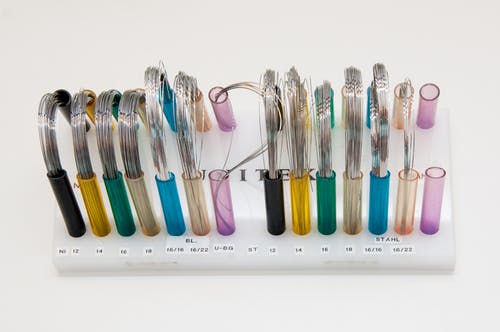Diagnosis of Chronic Nonbacterial Prostatitis
Date:2019-12-28 click:0

1. Physical examination
The size, texture, nodule, tenderness, range, and degree of the prostate, the tension of pelvic floor muscle, and tenderness of pelvic wall can be known by the digital examination of the rectum. The prostatic secretion can be obtained by massaging the prostate.
2. Laboratory inspection
2.1 The white blood cells in the normal prostatic massage fluid were less than 10 / HP, the lecithin bodies were evenly distributed in the whole field of vision, ph6.3-6.5, the red blood cells, and epithelial cells were not present or occasionally seen. When the number of leukocytes is more than 10 / HP, the number of lecithin corpuscles decreases, which is of diagnostic significance.
2.2 Routine urine analysis, urinary sediment examination, and urinary sediment examination are auxiliary methods to eliminate urinary tract infection and diagnose prostatitis.
2.3 It is recommended that the two-cup method or four-cup method pathogen localization test be used for bacteriological examination.
2.4 In other laboratories, semen quality may be abnormal in patients with prostatitis, and PSA may be increased in some patients with chronic prostatitis. Urine cytology has a certain value in distinguishing bladder carcinoma in situ.
3. B ultrasound examination
It can be found that the prostatic echo is not uniform, the prostatic calculus or calcification, and the peripheral venous plexus around the prostate is dilated. But at present, there is still a lack of specific performance of B-ultrasound in the diagnosis of prostatitis, and it is impossible to use B-ultrasound to classify prostatitis.
4. Urodynamics
Uroflow rate examination can roughly understand the status of patients' urination, which is helpful to distinguish prostatitis and dysuria related diseases; ② urodynamic examination can find urinary bladder dysfunction.
5. CT and MRI
It has potential application value in the differential diagnosis of pelvic organ diseases such as seminal vesicle and ejaculatory duct, but the diagnostic value of prostatitis is still unclear.
You may also be interested in:



